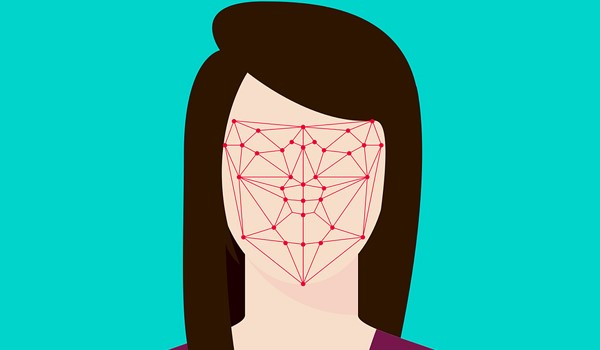MSPs to question police use of facial recognition technology
Holyrood’s Justice Sub-Committee on Policing has launched an inquiry into the use of facial recognition technology.
MSPs are keen to find out more about how police use the technology and future plans for deployment as its use becomes increasingly common.
Advances in technology mean that in addition to CCTV, images that could be used for facial recognition can now come from body-worn video (BWV) cameras and potentially mobile phones.
Facial recognition technology can either be ‘live’ or ‘retrospective’. It is understood that Police Scotland currently uses retrospective facial recognition technology from recorded CCTV, which is matched against faces in the Police National Database (PND).
The sub-committee says it is not currently clear whether other policing organisations, such as British Transport Police or the National Crime Agency, use either form of facial recognition in Scotland.
Police Scotland’s ten-year strategy, Policing 2026, includes a proposal to introduce the use of live facial recognition technology. It recently wrote to the sub-committee confirming that facial recognition was part of the wider suite of current and developing biometric technologies it was looking to explore.
However, with the Justice Committee currently considering the Scottish Biometrics Commissioner Bill, which is looking at introducing a Biometrics Commissioner for Scotland, Police Scotland has indicated it will await the developments of this before trialling live facial recognition.
Police Scotland also confirmed to the sub-committee it had not undertaken any trials of facial recognition technology in “a live setting through, for example, public space cameras, CCTV or other means”.
Speaking as the inquiry was launched this month, sub-committee convener, John Finnie MSP, said: “Facial recognition could be a useful tool for police in fighting crime and keeping communities safe.
“However, it should not be forgotten that this technology is invasive to citizens’ privacy. The human rights and legal implications of using facial recognition need to be understood.
“The sub-committee wants to be reassured that police services are striking the right balance when using this technology. We have a number of concerns we look forward to exploring further in the months ahead.”
The remit for the sub-committee’s inquiry is to consider how policing in Scotland makes use of facial recognition technology and whether the use of that technology is lawful, ethical, proportionate and transparent.
The areas of particular interest to the sub-committee are:
• The type of facial recognition technology used by the police service, the circumstances and any implications. For example, Police Scotland accessing facial recognition images from CCTV cameras, national databases, BWV cameras and mobile phones;
• The circumstances in which equipment is used to capture images, for example, the use of BWV cameras at major events, such as protests and football matches;
• The purpose of using facial recognition technology. For example, Police Scotland’s practice of sharing images with UK police forces through the PND, which has a ‘facial search’ facility;
• Any data protection, security and retention implications, and the equalities and human rights implications of the use of facial recognition technology (either by Police Scotland or by private sector entities on its behalf);
• The legal and regulatory basis that Police Scotland relies upon to use facial recognition technology; and
• The oversight, governance and transparency of Police Scotland’s use of facial recognition technology.
The deadline for written submissions is 5pm on Friday November 1, 2019.




